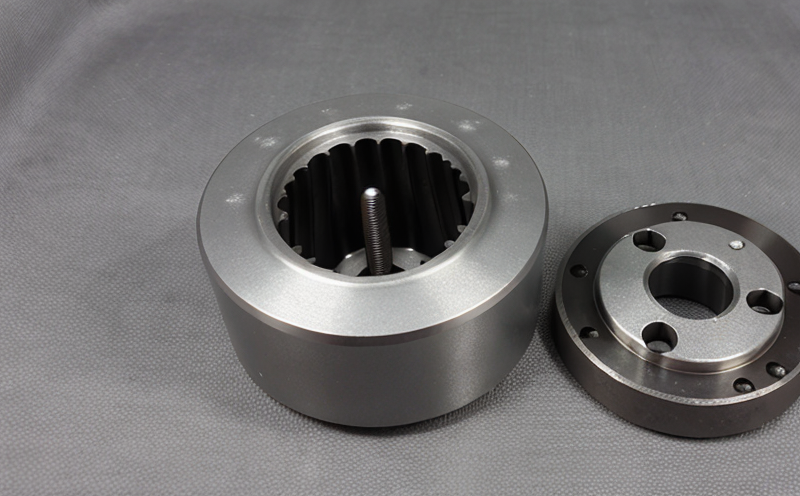ASTM F3122 Mechanical Testing of Additive Manufacturing Metals
The ASTM F3122 standard is pivotal in ensuring the mechanical integrity and reliability of metals produced through additive manufacturing (AM) processes. This service focuses on the mechanical testing protocols outlined by this standard, which are critical for the quality assurance of AM parts used in sectors like aerospace, automotive, and medical devices.
Additive manufacturing offers significant advantages such as reduced material waste, complex part integration, and the ability to produce parts with unique geometries. However, these benefits come at the cost of potential inconsistencies in microstructure and mechanical properties compared to conventionally manufactured parts. ASTM F3122 addresses this by providing standardized methods for testing AM metals to ensure they meet or exceed the strength, ductility, fatigue resistance, and other critical properties expected from traditionally produced materials.
The service involves comprehensive mechanical testing which includes tensile testing, hardness testing, impact testing, and sometimes more advanced tests like three-point bending and four-point bending. Each test is designed to simulate real-world stresses that the AM parts might encounter during their intended use. This ensures that any potential weaknesses in the part can be identified early in the manufacturing process.
Specimen preparation for ASTM F3122 testing requires precise handling to avoid introducing external variables that could affect test results. The specimens must be representative of the final product, which means they are often cut from larger AM parts using controlled methods such as waterjet cutting or sawing. This ensures that the mechanical properties being tested reflect those of the entire part rather than a specific region.
Instrumentation for this service includes high-precision universal testing machines capable of applying precise loads and measuring displacements accurately down to micrometric levels. Hardness testers such as Brinell, Rockwell, or Vickers may also be used depending on the specific requirements of the test. Ultrasonic thickness gauges are often employed to ensure that the specimens meet dimensional accuracy requirements.
Reporting involves compiling detailed reports that document all aspects of the testing process. This includes a description of the AM part and its intended application, a summary of the mechanical tests conducted, raw data from each test, calculated values such as yield strength and ultimate tensile strength, and any observations made during testing. The report concludes with an interpretation of these results in relation to both ASTM F3122 specifications and industry best practices.
- Ensures compliance with international standards
- Supports quality assurance programs for AM parts
- Facilitates easier regulatory approvals by demonstrating adherence to recognized protocols
- Enhances trust between suppliers and end-users regarding the reliability of AM products
Why It Matters
The importance of ASTM F3122 cannot be overstated. As additive manufacturing continues to expand its role in high-stress applications, ensuring that the materials used are robust enough is crucial for safety and performance reasons. This standard provides a framework for testing AM metals that helps manufacturers identify any issues early on before parts enter production or distribution.
By adhering to ASTM F3122, companies can demonstrate their commitment to quality control and process optimization. It also opens up opportunities for innovation by allowing researchers to push the boundaries of what is possible with AM while maintaining confidence in product performance. For end-users, knowing that these parts have been rigorously tested according to recognized standards adds significant value.
Moreover, compliance with ASTM F3122 can help companies navigate regulatory landscapes more effectively by providing clear evidence of adherence to established protocols. This is particularly important given the increasing global focus on product safety and sustainability.
Scope and Methodology
The scope of ASTM F3122 encompasses a wide range of metal alloys used in additive manufacturing processes, including but not limited to titanium (Ti), nickel-based superalloys (Ni-Superalloys), stainless steels, cobalt-chromium alloys, and aluminum. The methodology involves several key steps:
- Selection of appropriate specimens based on part geometry and intended use
- Preparation of specimens according to specified dimensions and tolerances
- Conduction of mechanical tests including tensile, hardness, impact, and possibly more advanced forms like three-point bending or four-point bending
- Data analysis and interpretation against ASTM F3122 criteria





